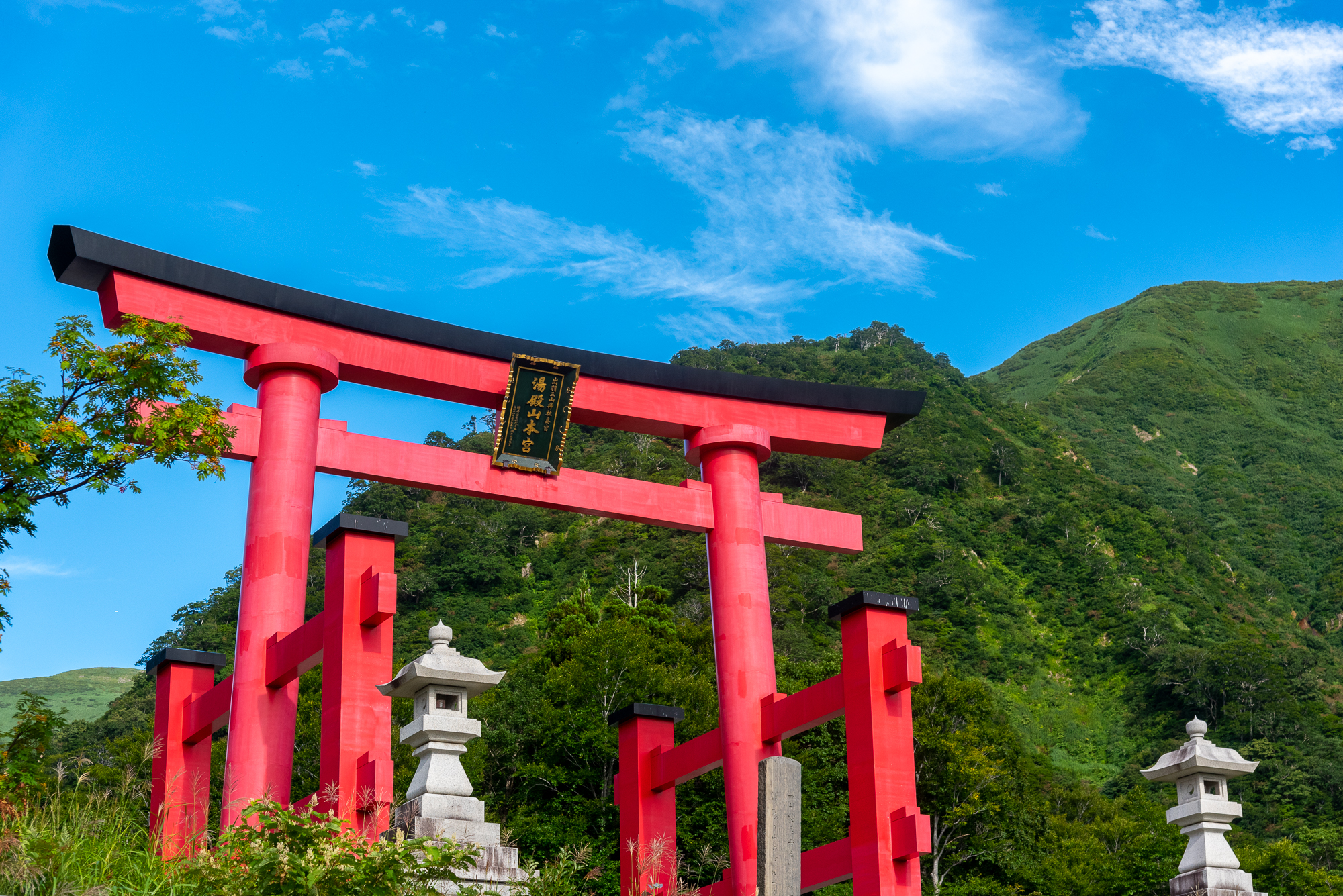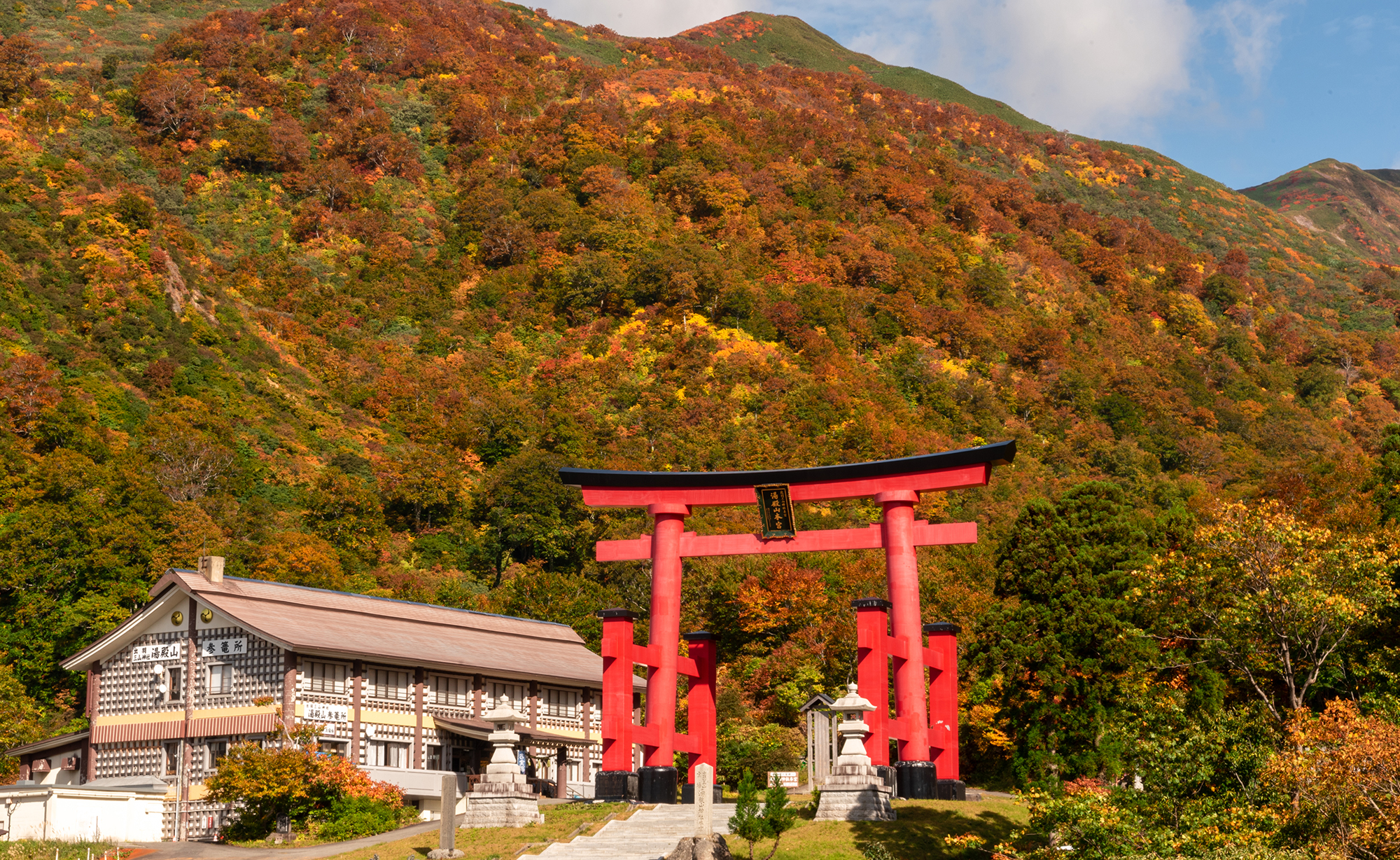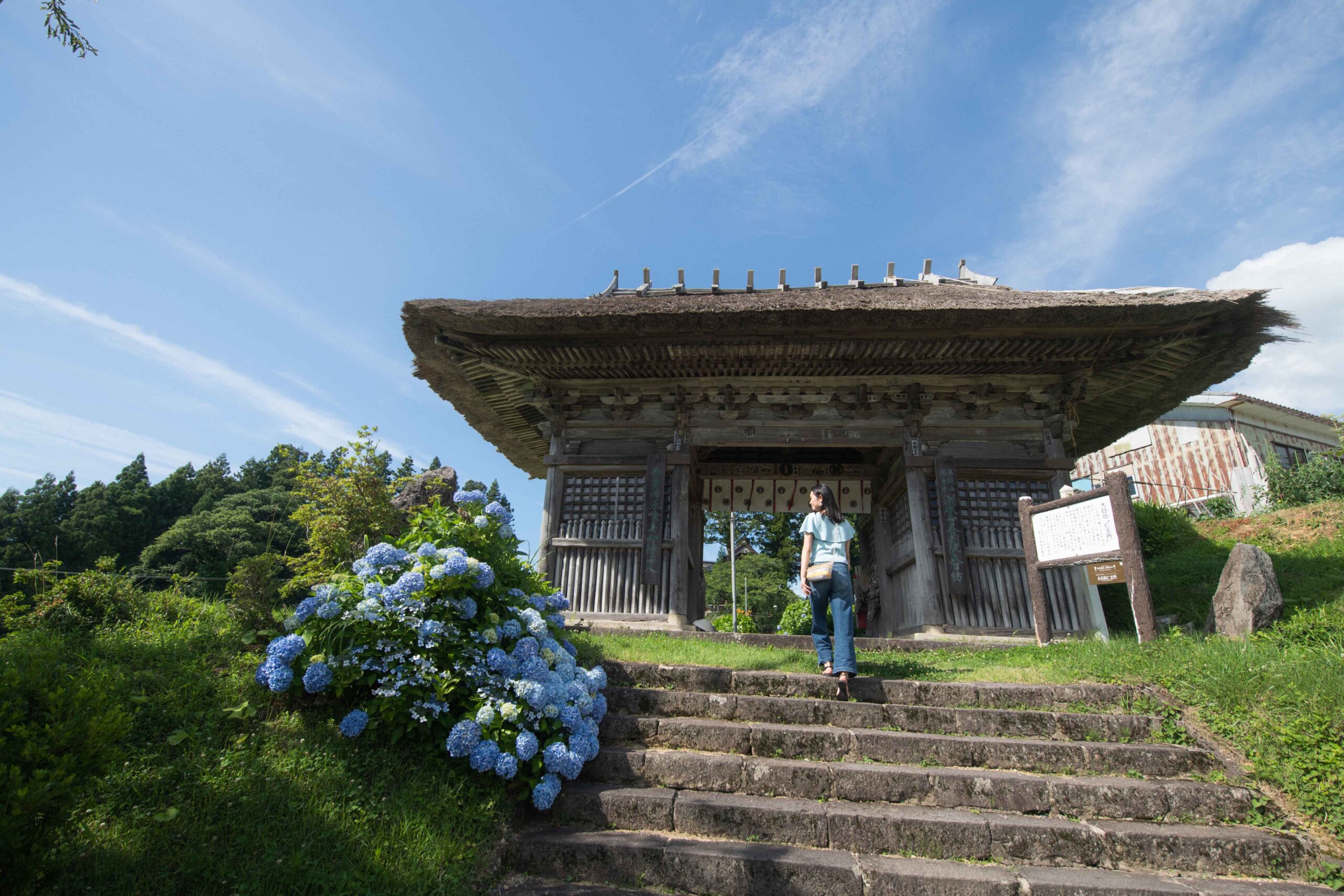
Mt. Yudono 湯殿山
THE MOUNTAIN OF FUTURE
ー1500m. high
Mount Yudono was not always part of the Dewa Sanzan. For geographical survey reasons, Mt. Yudono replaced Mt. Hayama (which, itself, replaced Mt. Chokai) in the early 17th century. It is said that Mt. Yudono was made a sacred place for Buddhism by Kukai—the founder of Shingon Buddhism himself.
Who is Kukai?
Kukai, also known as Kobo Daishi (774-835), is a Japanese monk who founded the Shingon school of Buddhism. People considered him a Shaman, someone who could grant wishes by reciting spells. In Shingon Buddhism, the Buddha embodies the entire universe and incarnates the Universal Truth; he is called Vairocana (in Japanese: Dainichi-nyorai). In Kukai’s Shingon Buddhism, followers are taught how to “become a Vairocana Buddha” by reciting Vairocana’s words. According to Kukai, everybody can become a “Buddha” in their present life. This concept is called Sokushinjobutsu 即身成仏, and is attainable through enlightenment and esoteric training.
Haguro and Yudono—a complicated relationship
When Mt. Haguro converted to Tendai Buddhism in 1642 for political reasons, Mt. Yudono was expected to do the same. But Mt. Yudono refused to substitute Tendai Buddhism for Shingon; to do so would be considered treasonous to Kukai, the mountain’s founder. As a result, Mt. Haguro’s officials were outraged by Yudono’s refusal to abide by their rules and convert to Shingon Buddhism.
Temples on Mt. Yudono, such as Dainichibo and Churenji, subsequently turned the Sokushinjobutsu concept into a concrete practice: live mummification. Out of the 20 sokushinbutsu mummies in Japan, 11 of them were monks who trained on Mt. Yudono. There are 8 mummies in Yamagata Prefecture (4 in Tsuruoka, and 2 in Sakata City). Others can be found in Niigata Prefecture.
Information
| Related link | ● Part of the National Park of Bandai-Asahi ● Home to a SOKUSHINBUTSU MUMMIES ● Part of the Japanese Heritage: "The Journey of Rebirth" |
|---|---|
| Required time: | Normal pace, no pause:2 hours 10 minutes We recommend you to take 2 to 3 pauses of 5 to 10 minutes along the way. |
| Don't forget to bring water with you! | Bring cool clothes and lots of water supply before heading for adventure! You will need a bear bell if you walk along the Rokujurigoe-kaido up to Yudono. |
| Official Website | https://thedewasanzan.com/ |
| Related Pages | Dewa Sanzan、 Hike from Mt. Gassan to Mt. Yudono、 Mt. Haguro、 Mt. Gassan |
| Climbing map |




